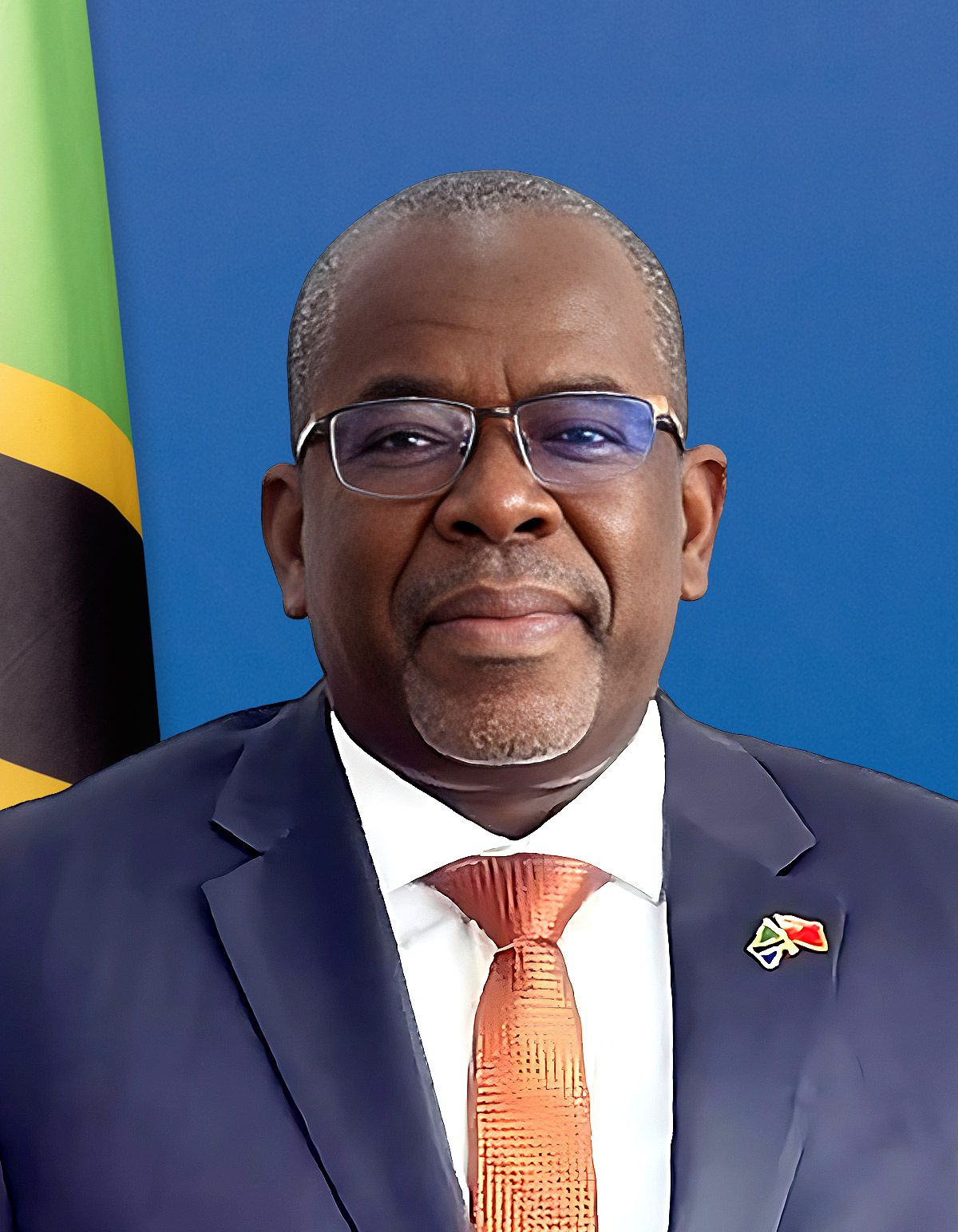Africa’s Instant Payments Reach $2 Trillion as Adoption Accelerates Across 31 Countries


Quidah is an online platform that connects investors with curated opportunities and expert insights on Africa’s emerging markets, while offering businesses promotional services, partnership facilitation, and market intelligence to attract capital and grow their operations.
Industries
Africa’s instant payments ecosystem crossed a major threshold in 2024, processing nearly $2 trillion across 64 billion transactions, according to the new SIIPS 2025 report released by AfricaNenda, the World Bank and UNECA. With 36 active systems now operating in 31 countries, the continent is rapidly shifting toward digital finance at scale, widening access and enabling more inclusive economic participation.
The report identifies a decisive expansion of real-time payment infrastructure. Five new systems launched over the past year, and nearly half of all platforms now interlink banks, mobile money operators, and fintechs. This interoperability is strengthening network effects, enabling smoother transactions for consumers, businesses, and merchants.
Nigeria’s NIP stands as the first system to achieve a “mature” level of inclusivity on AfricaNenda’s assessment scale. Ten other systems are approaching “advanced” inclusivity as they broaden capabilities across person-to-business, government-to-person, and increasingly cross-border use cases. These functions are essential for driving merchant acceptance, supporting formalization, and deepening regional economic integration.
Field research across Angola, Côte d’Ivoire, Madagascar, and Tunisia shows a common pattern: consumer uptake is rising faster than merchant acceptance, especially in early-stage markets. Adults over 30 and individuals with regular income remain the most active adopters, while women, young adults, and individuals lacking identification or agent access continue to face adoption barriers. Fraud concerns dominate user hesitation, with 50%–75% of cash-preferring users citing risk as the primary deterrent.
The World Bank’s FASTT initiative continues to invest in rapid payment development across the continent, emphasizing accessibility, innovation, and inclusive design. The SIIPS report highlights the strategic intersection of instant payments with digital ID systems, digital public infrastructure, and stronger data-protection frameworks.
Stakeholders from central banks, payment providers, regulators, and development partners gathered in Eswatini to outline scaling strategies, focusing on secure, interoperable growth for the coming decade. The SIIPS 2025 report includes expanded data, country profiles, and tailored policy recommendations.
For investors, operators, and fintech builders, the momentum is opening sizeable addressable markets:
• Interoperability and merchant acquisition: As more platforms integrate banks, mobile money, and fintechs, demand for merchant acceptance tools, POS devices, QR rails, and value-added services is increasing sharply.
• Cross-border payments: Emerging regional settlement corridors support AfCFTA objectives and create opportunities in FX, treasury management, regtech, and remittances.
•Alternative data and credit scoring:Digital transaction trails can strengthen credit models, enabling embedded lending for SMEs and consumers.
• Infrastructure investment:Data centers, cybersecurity layers, fraud-management systems, and agent networks remain critical gaps where private capital can play a defining role.
Execution risks remain significant. Fraud, weak dispute-resolution systems, ID gaps, and inconsistent regulatory standards threaten trust and scalability. Policy harmonization across KYC/AML, data-protection laws, and settlement standards will shape market economics and risk exposure. Inclusive design and public-private collaboration will be decisive in determining who wins the next phase of expansion.
Instant payments have reached systemic relevance across Africa, but sustaining momentum requires closing the acceptance gap, mitigating fraud, strengthening digital ID systems, and aligning regulatory frameworks. With coordinated infrastructure and clear supervision, the continent’s $2 trillion milestone can translate into durable progress in inclusion, productivity, and intra-African trade.


